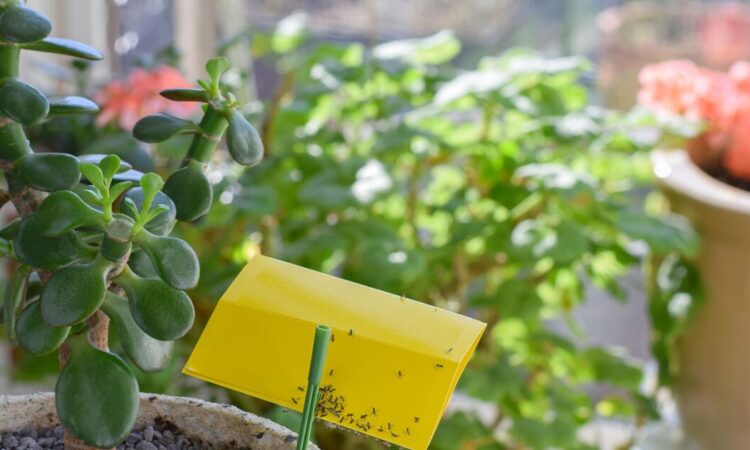
This evergreen plant, though beautiful, is in fact an invasive weed that can cause significant damage to your property and even lead to legal trouble if left untamed.
English ivy, a common climber, can scale heights of 20-30m and being an evergreen, it retains its leaves throughout winter.
The plant supports itself with aerial roots that burrow into gaps in materials.
This means the root systems can infiltrate cracks in bricks, wall gaps and structural weak spots, worsening any existing damage to your home.
If your house has sturdy masonry and minimal brick damage, ivy might not cause significant harm. However, another issue is that this weed can be tough to eradicate.
It can sprout in hard-to-reach areas or necessitate environmentally harmful weedkillers.
Professional ivy removal is an option, but it comes with a hefty price tag.
Experts caution against attempting to rip ivy off walls by hand as English ivy is toxic to touch and can trigger skin irritation.
English ivy can take a mere three months to establish before growing at a rate of 9 feet per year. If not initially removed, unwanted ivy can quickly escalate from a minor eyesore to a rapidly spreading problem on your property.
In addition to potentially damaging your physical property, ivy can also significantly impact the overall value of your home. By blocking drains or obstructing crucial plumbing pipes, the plant can result in costly repairs.
A house completely engulfed by ivy due to neglect can deter potential buyers because of the high removal and maintenance costs hence, controlling or removing ivy is crucial.
Unlike other invasive plants such as Japanese knotweed, it’s perfectly legal to grow ivy on your property. But beware, due to its rapid growth, ivy can easily spread from your garden to your neighbour’s.
If this happens, you could find yourself facing a legal claim or dispute over property devaluation.
